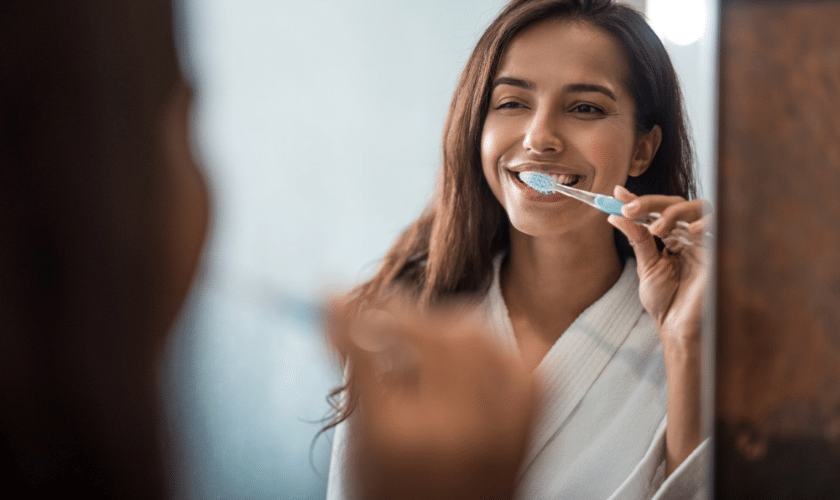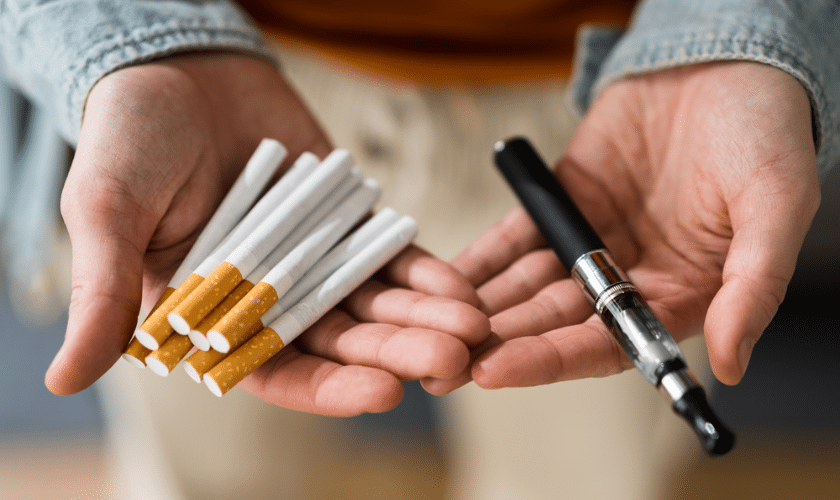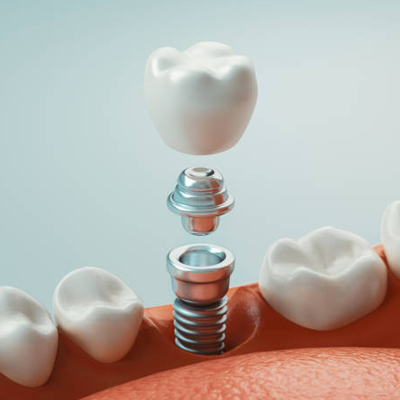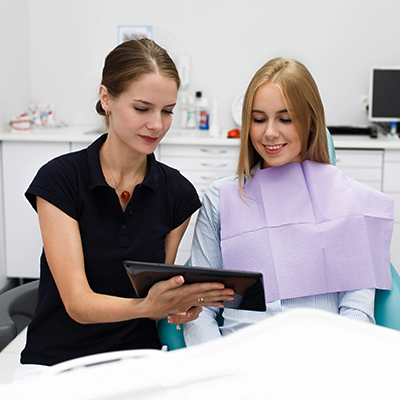
A beautiful smile and general health depend on maintaining good oral health. One of the fundamental practices for achieving optimal dental health is proper brushing. In this blog post, we will explore various methods of brushing that can significantly contribute to your oral hygiene. Remember, regular dental check-ups with professionals are also essential to ensure the longevity of your dental health.
Choosing the Right Toothbrush For Better Dental Health
The first step towards effective brushing is choosing the right toothbrush. Your Dentists recommend using a soft-bristled brush to prevent damage to your enamel and gums. The size of the brush head should comfortably fit in your mouth to reach all areas easily. Replacing your toothbrush every 3-4 months or sooner if the bristles are frayed is essential for maintaining its effectiveness.
Proper Brushing Technique:
The brushing technique plays a pivotal role in the efficacy of your dental routine. Follow these steps for optimal results:
- Positioning the Brush: Hold your toothbrush at a 45-degree angle to your gums.
- Circular Motion: Use a gentle, circular motion to clean the front, back, and top surfaces of each tooth. Avoid applying excessive pressure to prevent enamel wear and gum recession.
- Inner and Outer Surfaces: Pay special attention to the inner and outer surfaces of your teeth. Tilt the brush vertically to reach these areas effectively.
- Brushing the Tongue: Don’t forget your tongue! To keep your breath fresh and eliminate bacteria, gently brush your tongue.
Duration of Brushing:
Dentists recommend brushing your teeth for a minimum of two minutes. Dividing your mouth into quadrants and spending at least 30 seconds on each can help ensure that you cover all areas thoroughly. Using a timer or an electric toothbrush with a built-in timer can help maintain the correct duration.
Frequency of Brushing:
Brushing twice a day, once in the morning and once before bedtime, is the standard recommendation. However, if you consume acidic foods or beverages, it’s advisable to wait at least 30 minutes before brushing to avoid damaging the softened enamel.
Flossing as a Complement:
While brushing is essential, it cannot reach all the nooks and crannies between your teeth. That’s where flossing comes in. Your Dentist advises incorporating flossing into your daily routine to remove plaque and debris from between your teeth and below the gumline.
Using Mouthwash:
In addition to brushing and flossing, using an antimicrobial or fluoride mouthwash can further enhance your dental health. Rinse your mouth for about 30 seconds, making sure to swish the solution between your teeth.
Regular Dental Check-ups:
No matter how diligent your home dental care routine is, regular check-ups with Dentist McKinney are crucial. Professional cleanings and examinations can detect potential issues early, preventing them from escalating into more significant problems.
Maintaining excellent dental health through proper brushing techniques is a fundamental aspect of self-care. By following the tips outlined in this blog post, you can contribute to the longevity of your teeth and gums. Remember to use a soft-bristled toothbrush, employ the right technique, and complement your brushing routine with flossing and regular dental check-ups with your Dentist. Your smile is a valuable asset, so take good care of it!








